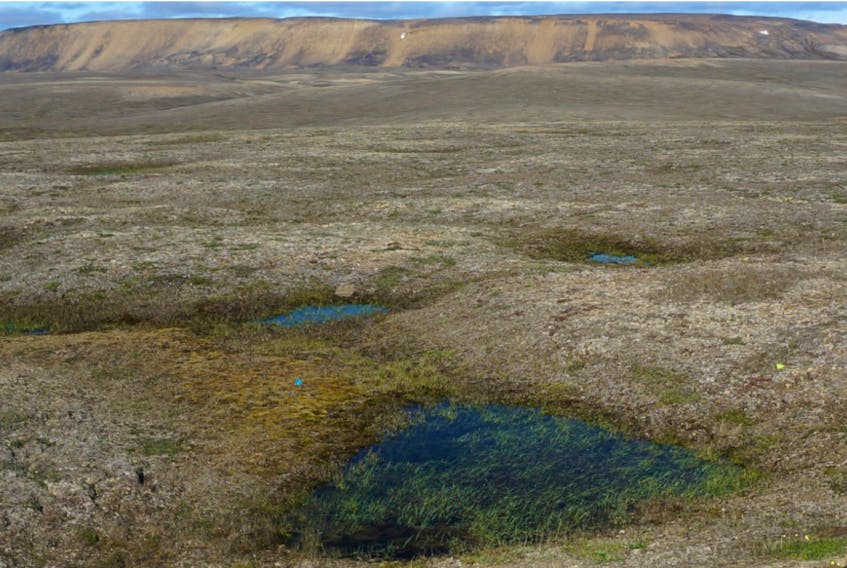We’re already living through one dystopian science fiction novel.
But what if it becomes several dystopian science fiction novels one after another, or perhaps even overlapping with one another?
Let’s back up a bit — say, to the summer of 2019.
Back then, the idea of a global pandemic dispersing around the world on the wings of air travel and the floating incubator-boxes of cruise ships would have been the stuff of fiction and Hollywood thrillers. (All of which, of course, would come to some sort of happy-ish conclusion after the requisite number of pages or number minutes of cinematic excess.)
Sure, we had experienced the SARS scare, and H1N1, but they didn’t amount to anywhere near the press they got at the time. People may have panicked enough to line up for their H1N1 shot, or maybe cancelled plans for that SARS-affected business conference, but there weren’t indoor masks or nightly infection and death counts, no feeling that parts of the world might be sliding ever-deeper into a virus-driven nightmare.
But there is nothing in the world, it seems, that can’t be topped.
Just when you thought that, with COVID-19 vaccines on the horizon, it was safe to exhale just a little, here comes a new and more frightening idea.
This past week, Scientific American magazine wrote about the risks of Arctic zombies coming back to life. (And no, we’re not referring to the bizarre story of thousands of “zombie mink” in Denmark — culled because of their potential role in a COVID virus mutation — rising from their mass graves because they weren’t buried deep enough.)
The headline of that Scientific American opinion piece? “Deep frozen Arctic microbes are waking up — Thawing permafrost is releasing microorganisms, with consequences that are still largely unknown.”
Fast-melting permafrost caused by climate change (much faster than was forecast) is creating sinkholes known as thermokarst, a phenomenon where ground that has been frozen, unexposed to air, for thousands of years is suddenly melting.
Along with anything tucked inside it.
Permafrost covers 24 per cent of the Earth’s land surface. When it melts, the piece’s authors suggest, there’s no telling what’s inside. Graves with viable smallpox, for example — or a 2016 Siberian anthrax outbreak that was connected to 2016 permafrost thawing.
There are also brand new concerns, like the source of a new virus that has cropped up twice in recent years, known as Alaskapox.
The warning from the scientists that wrote the piece?
“We should pay attention to both known unknowns, such as antibiotic-resistant bacteria, and unknown unknowns, including the potential risks from the resurrection of ancient and poorly described viral genomes from Arctic ice.”
Goody. Something else to look forward to.
Time to recognize we’re all in this together — and all things are connected.
Literally.









